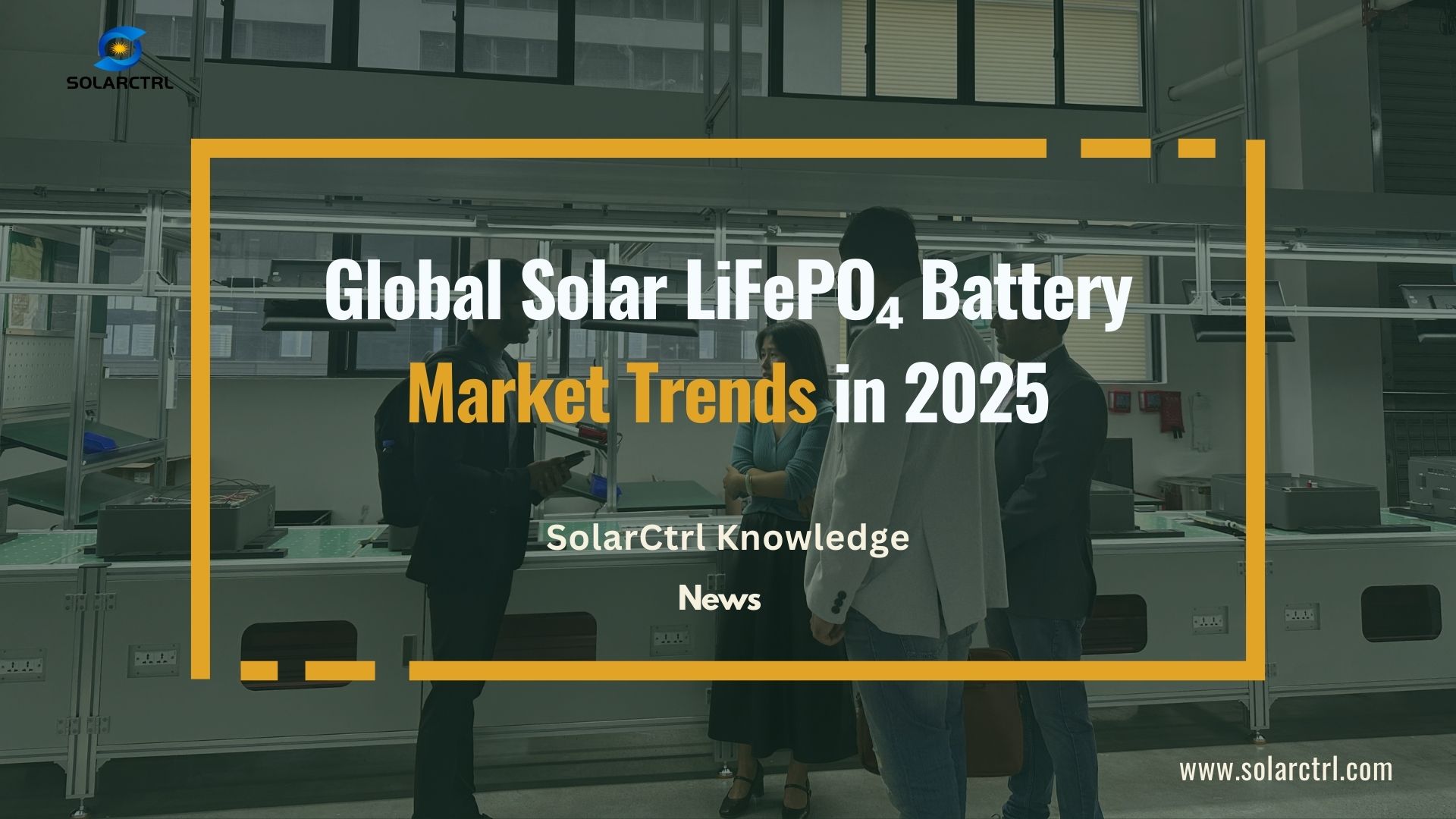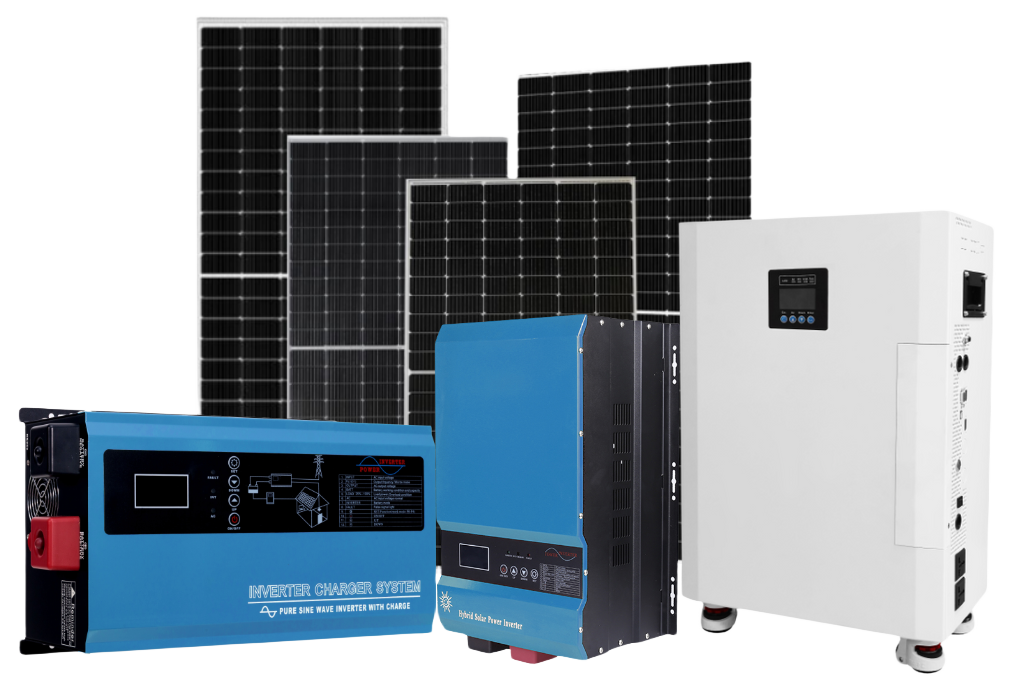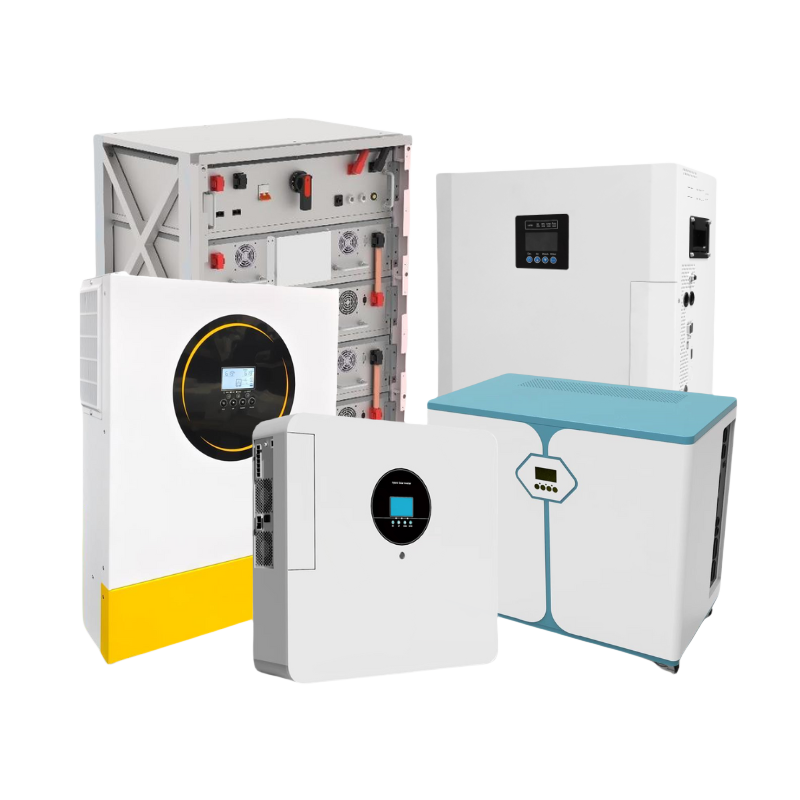Introduction
In the evolving landscape of renewable energy, solar power systems have become increasingly prominent, offering a sustainable alternative to conventional energy sources. Central to the efficiency and safety of these systems is the solar charge controller, a device designed to regulate the flow of energy from solar panels to the battery bank.
This comprehensive guide delves into the essentials of solar charge controllers, their operational mechanisms, types, benefits, applications, and integration into solar power systems, providing valuable insights for anyone looking to harness the power of the sun effectively.
Part 1: Understanding Solar Charge Controllers
A solar charge controller, also known as a solar regulator, stands as a cornerstone in nearly all solar power systems that incorporate batteries, serving an indispensable role in safeguarding and optimizing the system’s operation.
Primarily, this device regulates the flow of electric power from the solar panels to the battery bank, meticulously controlling both the voltage and current directed towards the batteries. This regulation is crucial for preventing overcharging—a condition that could significantly impair battery performance, shorten its lifespan, and pose potential safety risks.
Overcharging can lead to excessive gassing, heat generation, and even dangerous situations like battery explosions in severe cases. By moderating the charge, solar charge controllers ensure that the batteries are charged efficiently and safely, promoting longer battery life and maintaining the integrity of the solar power system.
Furthermore, these controllers play a vital role in maintaining the batteries at optimal charge levels, contributing to the overall reliability and efficiency of the solar installation.
Through precise control mechanisms, solar charge controllers protect the energy storage components, making them an indispensable part of maintaining a sustainable and safe solar power system.

Part 2: How Solar Charge Controllers Work
The fundamental working principle of a solar charge controller is centered on its capability to effectively manage and modulate the flow of electrical energy originating from the solar panels before it reaches the battery bank. This device continuously monitors the battery’s voltage level, adapting the charge accordingly to prevent overcharging and undercharging, which are both detrimental to battery health. Through this modulation, the controller ensures that the charging process adheres to the battery’s specific needs, optimizing for both safety and efficiency.
At the heart of this process is the solar charge controller’s ability to discern the battery’s current state of charge. It does this by measuring the voltage, which gives an indication of the battery’s overall charge level. Based on this information, the controller adjusts the power output from the solar panels. When the battery is near full capacity, the controller reduces the charging current to a trickle, allowing for a gentle top-up that keeps the battery full without causing damage due to overcharging.
In more advanced MPPT (Maximum Power Point Tracking) controllers, the device goes a step further by dynamically adjusting the electrical input from the solar panels to find the optimal power point. This maximizes the amount of power extracted from the panels, converting excess voltage into additional current. This process is particularly beneficial under varying weather conditions, ensuring that the solar power system operates at peak efficiency regardless of the amount of sunlight available.
Through these sophisticated control mechanisms, solar charge controllers play a crucial role in extending the lifespan of the battery bank while maximizing the utility of the solar panels, making them a key component in the optimization of solar energy systems.
Part 3: Types of Solar Charge Controllers
Within the realm of solar energy systems, the role of solar charge controllers is pivotal in managing the charging of the battery bank, with two primary types dominating the market: PWM (Pulse Width Modulation) and MPPT (Maximum Power Point Tracking) charge controllers.
Each type employs a distinct approach to optimize the charging process and enhance system efficiency.
PWM (Pulse Width Modulation) Charge Controllers
PWM charge controllers represent a more foundational and cost-effective solution in solar energy systems.
Their operation is based on the principle of pulse width modulation, a technique that involves the regulation of the energy flow to the batteries by adjusting the duration of the charging pulses. As the battery nears its full capacity, the PWM controller reduces the pulse length, effectively decreasing the charge rate to prevent overcharging and maintain the battery at its absorption voltage.
This steady and controlled approach helps in preserving battery health and extending its lifespan by avoiding the stress of rapid charging and discharging cycles.
Despite their simplicity, PWM controllers are remarkably effective in systems where the solar panel voltage closely matches the battery voltage, ensuring a straightforward yet efficient charging process.
MPPT (Maximum Power Point Tracking) Charge Controllers
MPPT charge controllers, on the other hand, embody a more advanced technology designed to maximize the efficiency of the solar charging process.
These controllers dynamically adjust their input parameters to continuously find the maximum power point on the solar panel’s voltage-current curve. By doing so, they can convert the excess voltage, which would otherwise be lost with a PWM controller, into additional current.
This capability is particularly beneficial in scenarios where the solar panel’s voltage is significantly higher than the battery bank’s voltage or under fluctuating light conditions, such as partial cloud cover.
MPPT controllers can extract up to 30% more power from the solar panels compared to PWM controllers, making them an ideal choice for larger installations or systems where maximizing energy harvest is critical.
Both PWM and MPPT solar charge controllers offer distinct advantages tailored to different system requirements and budgets. The choice between them depends on factors such as the size of the solar installation, the compatibility with the solar panel and battery voltages, and the specific energy needs of the application. By selecting the appropriate charge controller, system designers can optimize the performance and longevity of solar energy systems, ensuring reliable and efficient operation over time.
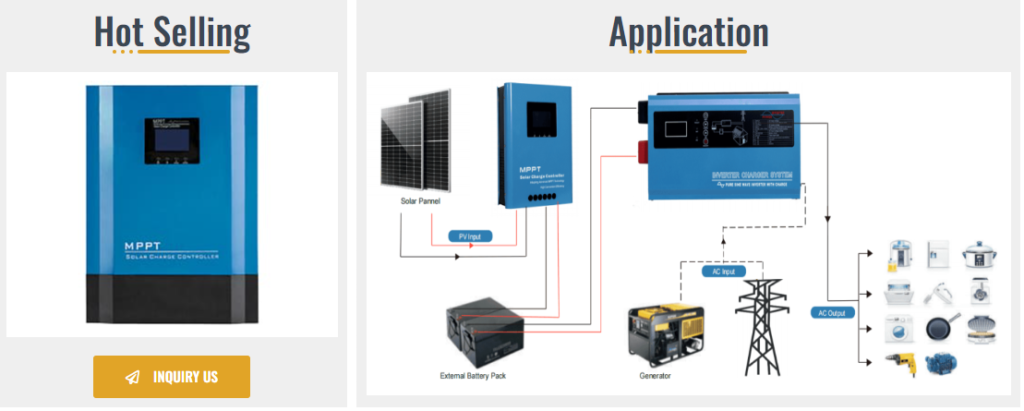
Part 4: Key Benefits of Solar Charge Controllers
Solar charge controllers, pivotal in the orchestration of solar energy systems, offer a multitude of benefits extending far beyond simple battery protection. These devices are integral in optimizing system performance, enhancing energy efficiency, facilitating system monitoring, and accommodating future expansion.
4.1 Extensive Battery Protection and Lifespan Extension
The primary function of solar charge controllers is to safeguard the battery from the risks associated with overcharging.
By meticulously regulating the charge flow, these controllers prevent the detrimental effects of excessive voltage that can lead to overheating, swelling, and even explosions in severe cases.
This vigilant protection significantly prolongs the battery’s operational life, which is not only economically beneficial—reducing the need for frequent replacements—but also environmentally friendly, minimizing waste.
4.2 Augmentation of System Efficiency
Solar charge controllers, particularly MPPT types, play a crucial role in maximizing the energy extraction from solar panels.
By continuously adjusting the electrical parameters to operate at the maximum power point, MPPT controllers ensure that the solar array’s potential is fully harnessed, translating to higher electricity generation even during suboptimal light conditions.
This efficiency boost ensures that solar systems produce closer to their peak capacity, making solar installations more viable and cost-effective.
4.3 Enhanced System Monitoring and Management
With the integration of advanced monitoring capabilities, modern solar charge controllers offer valuable insights into the system’s performance.
Display screens and remote monitoring options provide real-time data on key metrics such as battery charge status, solar panel output, and overall system health.
This transparency allows for immediate detection of issues, informed decision-making, and efficient troubleshooting, ensuring the solar system operates at optimum levels.
4.4 Facilitation of System Scalability
Designing solar charge controllers with scalability in mind addresses the evolving energy needs of users.
These controllers enable the seamless integration of additional solar panels or battery units, accommodating growth without the necessity for a complete system redesign.
This feature is particularly advantageous for users who anticipate future expansions, such as adding more living space or increasing energy consumption, allowing them to scale their solar energy system in a cost-effective manner.

Part 5: Application of Solar Charge Controllers
Solar charge controllers, serving as the guardians of solar power systems, find their applications spanning across both AC (Alternating Current) and DC (Direct Current) domains, catering to a wide range of energy needs and system configurations.
In DC applications, their primary role is to manage the charging of battery banks by solar panels, ensuring that the batteries receive a steady, safe charge without being overcharged or undercharged. This is crucial in standalone solar power systems, RVs, marine vessels, and remote telecommunications equipment, where the reliability and longevity of battery storage are paramount.
In AC applications, solar charge controllers are integrated into systems that include an inverter to convert DC power from the solar panels and batteries into AC power. This conversion enables the use of solar energy to power household appliances, industrial machinery, and grid-tied solar systems. The charge controller’s role in such systems extends to optimizing the charging process from solar panels to the battery bank, thereby ensuring that the inverter has a consistent and reliable DC source to convert from, enhancing overall system efficiency.
Furthermore, with the advent of hybrid solar charge controllers, which can handle inputs from both solar panels and AC sources like the grid or a generator, the application of solar charge controllers has broadened. These hybrid controllers enable seamless switching between solar, battery, and AC power sources, ensuring continuous power supply in off-grid and grid-tied systems with battery backup. This flexibility makes solar charge controllers indispensable in modern renewable energy solutions, from residential solar installations to industrial power systems, where the integration of renewable sources with traditional power grids is on the rise.
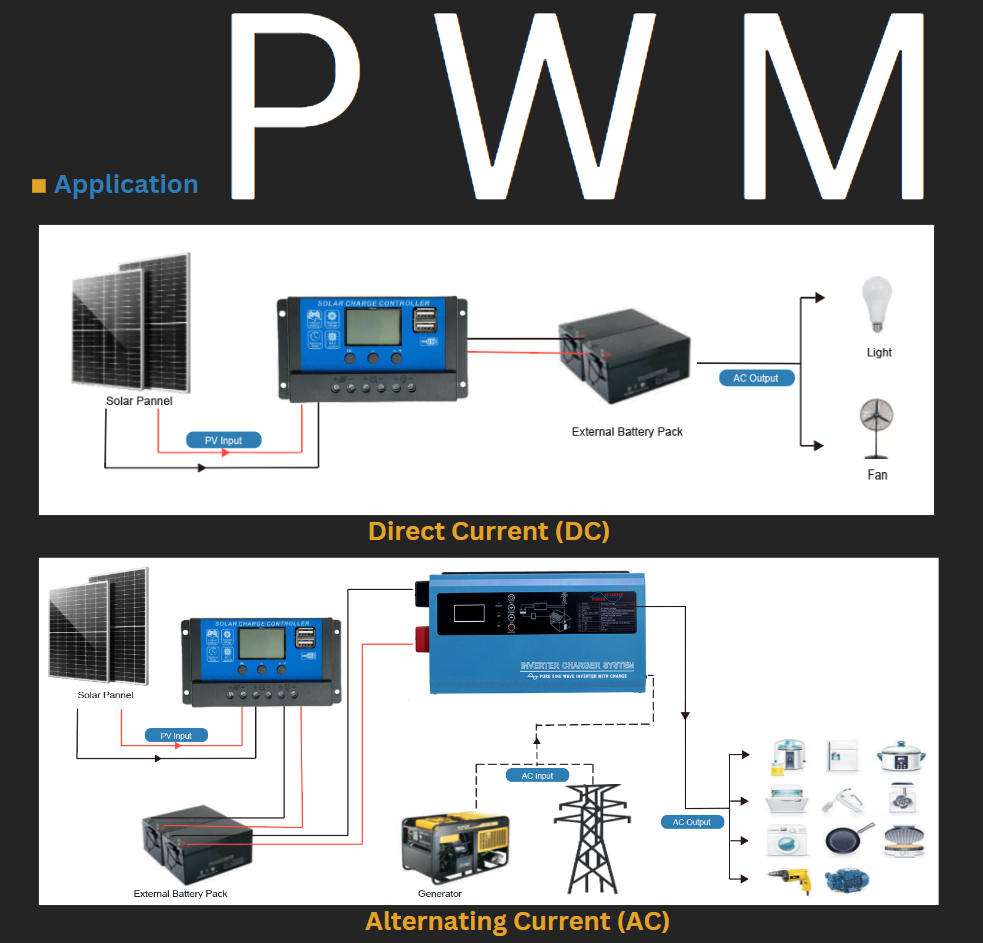
Part 6: Incorporating Solar Charge Controllers in Solar Power Systems
The incorporation of a solar charge controller into a solar power system is a critical step that demands meticulous attention to the system’s specifications and requirements. While the process might seem straightforward, it involves a detailed assessment of several key factors to ensure the controller enhances the system’s efficiency and longevity rather than becoming a bottleneck or point of failure.
6.1 Understanding System Specifications
1) Solar Panel Wattage: The total wattage output of the solar panels dictates the amount of power available for charging the battery bank. A charge controller must be capable of handling this power output without being overloaded. Therefore, it’s essential to tally the combined wattage of all solar panels in the system and choose a controller with a corresponding or higher wattage rating.
2) Battery Bank Voltage and Capacity: The voltage and total capacity (in ampere-hours, Ah) of the battery bank determine the required charging parameters. Charge controllers are designed to work with specific battery voltages (such as 12V, 24V, or 48V systems) and must match the system’s configuration to ensure proper charging without causing damage. Additionally, the controller must be able to manage the cumulative charging current required to fill the battery bank within an acceptable time frame, considering daily energy consumption and sunlight availability.
3) Load Consumption: The expected consumption of the connected load, including all appliances and devices powered by the system, influences the sizing of the charge controller. An understanding of both the peak and average energy usage helps in selecting a controller that can efficiently manage energy distribution between the solar panels, battery bank, and load without compromising on performance.
6.2 Selecting the Right Type of Charge Controller
The choice between PWM and MPPT charge controllers hinges on the system’s specific needs and environmental conditions:
- PWM Controllers: Best suited for smaller systems where the solar panel voltage closely matches the battery bank voltage. These are ideal for cost-sensitive installations where simplicity and reliability are prioritized over maximum efficiency.
- MPPT Controllers: Essential for larger, more complex systems or when the panel voltages significantly exceed the battery bank voltage. MPPT technology excels in extracting maximum power from the solar array, particularly in variable weather conditions, making it the choice for systems where performance and efficiency are paramount.
6.3 Sizing the Charge Controller
Accurate sizing of the charge controller is fundamental. This involves calculating the maximum current that the solar panels can produce and selecting a controller that can handle at least this current. For MPPT controllers, it’s also crucial to consider the maximum voltage the solar array can generate to ensure compatibility and prevent damage to the controller.
6.4 Integration Considerations
Proper integration of the charge controller into the solar power system involves strategic placement to minimize losses, ensuring easy accessibility for maintenance, and configuring settings according to manufacturer recommendations for optimal charging. Additionally, integrating monitoring tools or systems can provide valuable insights into the controller and system performance, facilitating proactive maintenance and adjustments.

Conclusion
As we’ve navigated through the intricate world of solar charge controllers, it’s evident that these devices play a pivotal role in enhancing the efficiency and reliability of solar power systems. Whether you’re embarking on a new solar project or looking to optimize an existing installation, understanding the nuances of solar charge controllers is crucial.
At SolarCtrl, we’re committed to providing cutting-edge solar solutions that cater to your unique energy needs. Leveraging our expertise and quality products, we empower you to maximize your solar investment, ensuring sustainable and efficient energy utilization.
Ready to embrace the full potential of solar energy? Reach out to SolarCtrl today and take the first step towards a brighter, greener future. Let us guide you on your solar journey, ensuring that you harness solar power to its fullest potential with the right technology and support.




